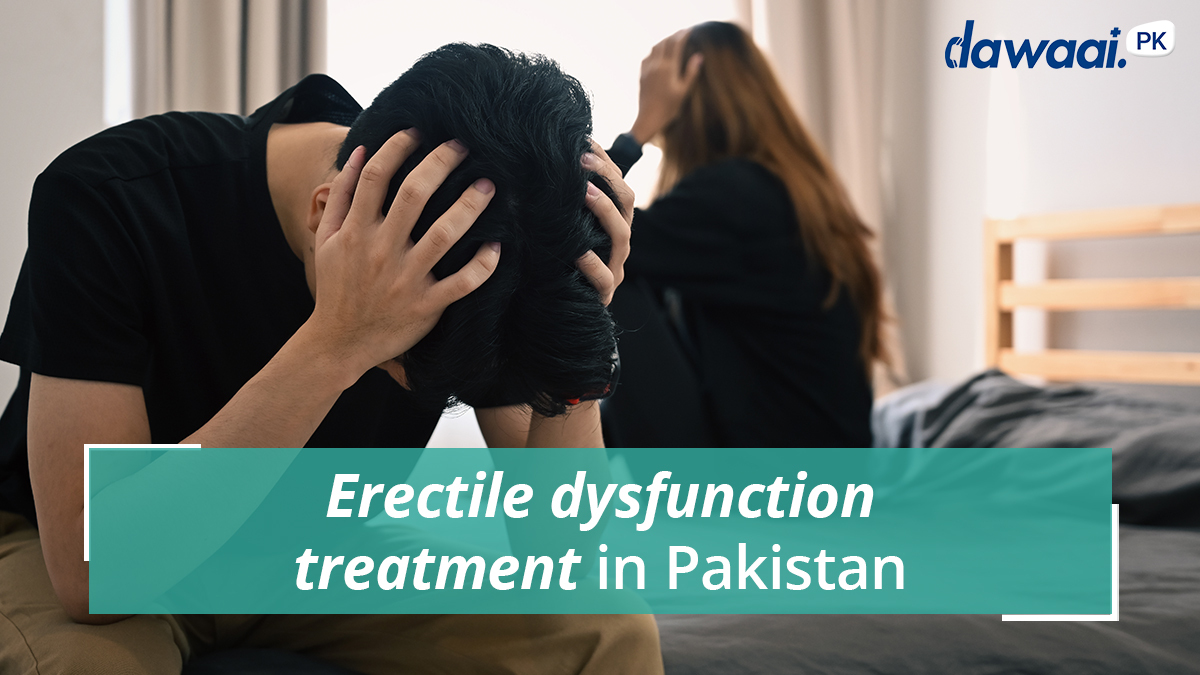Medically reviewed by Dr. Muhammad Ashraf Shera.
Tuberculosis -or TB, as it’s commonly called, is a potentially serious infectious disease that mainly affects your lungs. It’s an airborne infection and can be spread through tiny droplets in the air via coughing or sneezing, spitting, laughing or even singing from an infected person. Most people with active TB who’ve had appropriate drug treatment for at least two weeks are no longer contagious. If untreated, it can also spread to other parts of the body, like the brain and spine causing problems like back pain and meningitis. It is caused by the accumulation of bacteria called Mycobacterium Tuberculosis.
In the 20th century, TB was a leading cause of death. Today, most cases are cured with antibiotics. But it takes a long time. You have to take meds for at least 6 to 9 months.
But even now in Pakistan, with an estimated 510,000 new TB cases emerging each year and approximately 15,000 developing drug resistant TB cases every year, it is still an alarming issue.
Symptoms and Causes
Doctors make a distinction between two kinds of tuberculosis infection: latent and active.
Latent TB – the bacteria remain in the body in an inactive state. They cause no symptoms and are not contagious, but they can become active.
Active TB – the bacteria do cause symptoms and can be transmitted to others.
Signs and symptoms of Active TB include:
- Coughing that lasts three or more weeks
- Coughing up blood
- Chest pain, or pain with breathing or coughing
- Unintentional weight loss
- Fatigue
- Fever
- Night sweats
- Chills
- Loss of appetite
About one-third of the world’s population is believed to have latent TB. There is a 10 percent chance of latent TB becoming active, but this risk is much higher in people who have compromised immune systems, i.e., people living with HIV or malnutrition, or people who smoke.
If you have active TB, keep your germs to yourself. It generally takes a few weeks of treatment with TB medications before you’re not contagious anymore. Follow these tips to help keep your friends and family from getting sick:
- Stay home.
- Ventilate the room.
- Cover your mouth.
- Wear a mask.
Treatment
Medications are the cornerstone of tuberculosis treatment. But treating TB takes much longer than treating other types of bacterial infections.
For active tuberculosis, you must take antibiotics for at least six to nine months. The exact drugs and length of treatment depend on your age, overall health, possible drug resistance and the infection’s location in the body.
If you have latent tuberculosis, the most common medications used to treat this include:
- Isoniazid
- Rifampin (Rifadin, Rimactane)
- Ethambutol (Myambutol)
- Pyrazinamide
Other drugs that may be used as add-on therapy to the current drug-resistant combination treatment, include:
- Bedaquiline (Sirturo)
- Linezolid (Zyvox)
Completing treatment is essential
After a few weeks, you won’t be contagious and you may start to feel better. It might be tempting to stop taking your TB drugs. But it is crucial that you finish the full course of therapy and take the medications exactly as prescribed by your doctor. Stopping treatment too soon or skipping doses can allow the bacteria that are still alive to become resistant to those drugs, leading to TB that is much more dangerous and difficult to treat.
Guest Credits: Dr Shayan Imran






